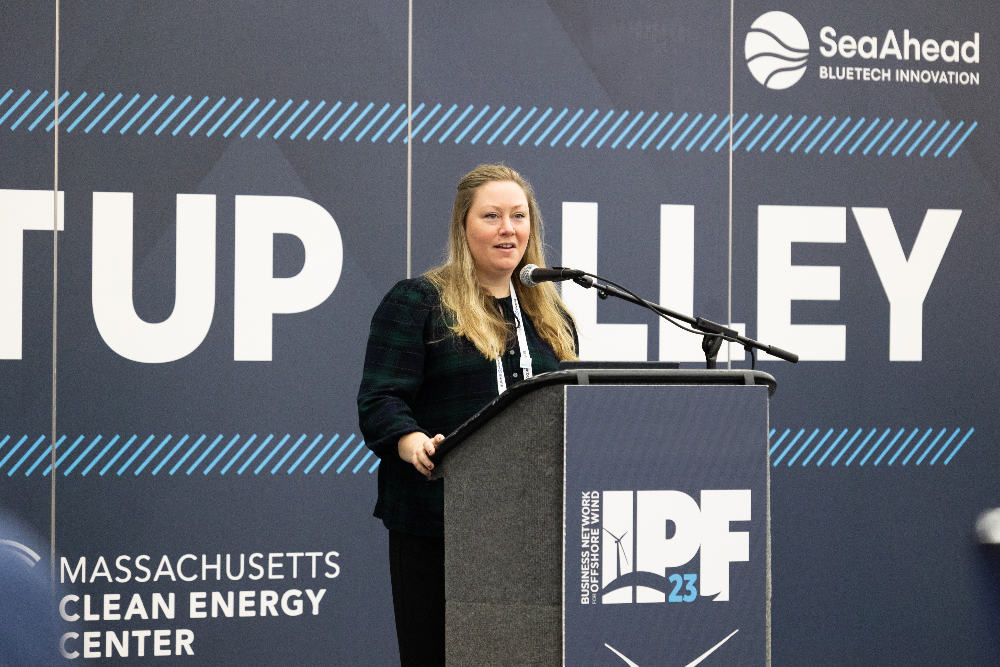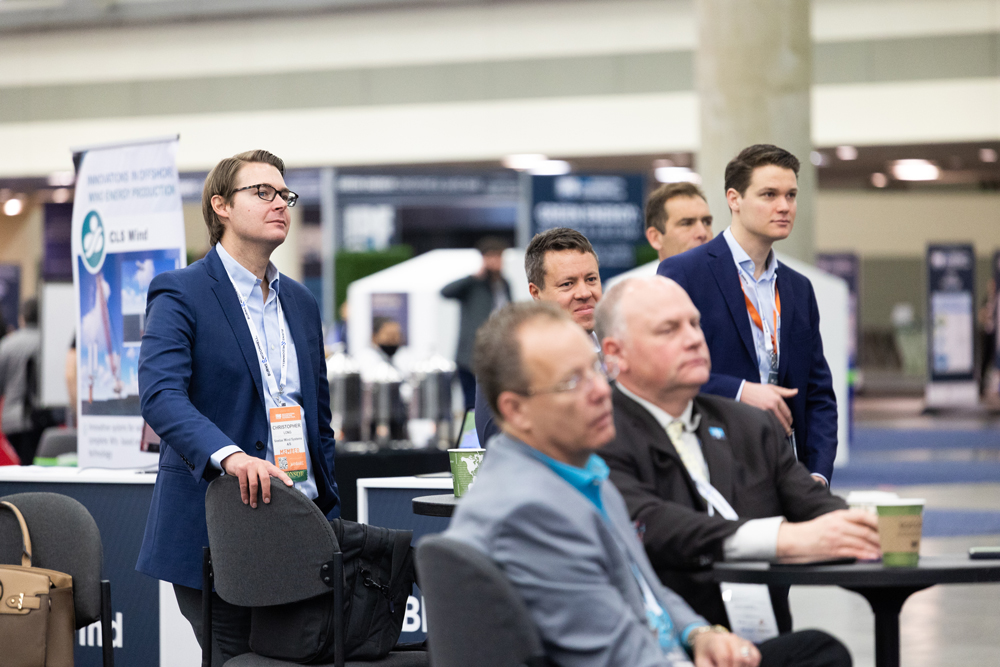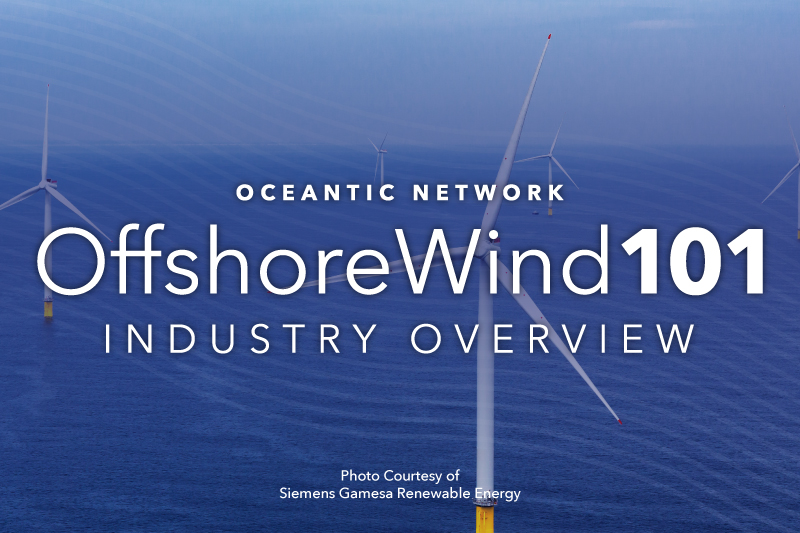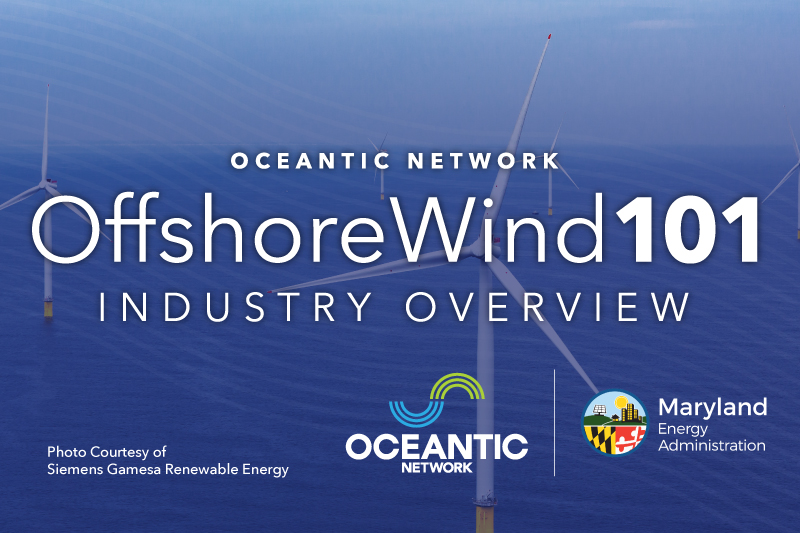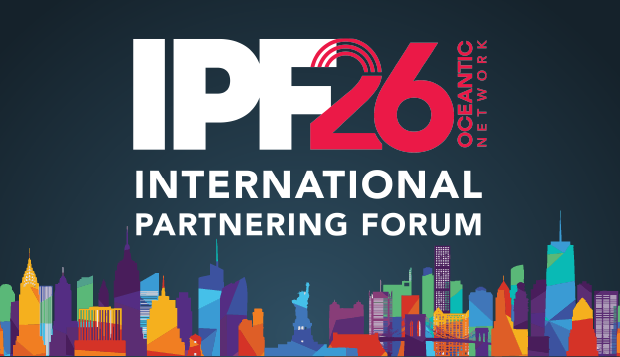We are no longer accepting applications for Startup Alley. Thanks for your interest!
For the third straight year, Oceantic Network (formerly the Business Network for Offshore Wind) and SeaAhead are partnering to host Startup Alley at the 2024 International Partnering Forum (IPF), taking place April 22-25, 2024, in New Orleans. Pitch your business innovation directly to offshore renewable energy stakeholders!
What is Startup Alley?
Startup Alley offers companies working in the offshore wind and offshore renewables sectors an opportunity to pitch their business innovations to attendees at the largest offshore wind conference in the Americas. View examples of innovation areas below.
SeaAhead, a bluetech startup platform that helps accelerate the development of new companies working on issues related to ocean industries and ocean sustainability, will select 10-12 start-up businesses to deliver five-minute pitches to IPF attendees and participate in a moderated Q&A session.
If accepted, SeaAhead will work with your company one-on-one to help hone your pitch. As the industry’s premier annual networking event and largest offshore wind conference in the Americas, your business will have access to an anticipated 4,000 global industry professionals from across the supply chain.
As the offshore wind and marine renewables industries continue their rapid growth along U.S. coastlines, there is a need for innovative businesses in the supply chain to help reduce costs and ensure sustainable development. It is often difficult, however, for startups to find their foothold in this growing and changing industry. Startup Alley gives your business the opportunity to showcase your innovations and directly connect with industry leaders and stakeholders.


